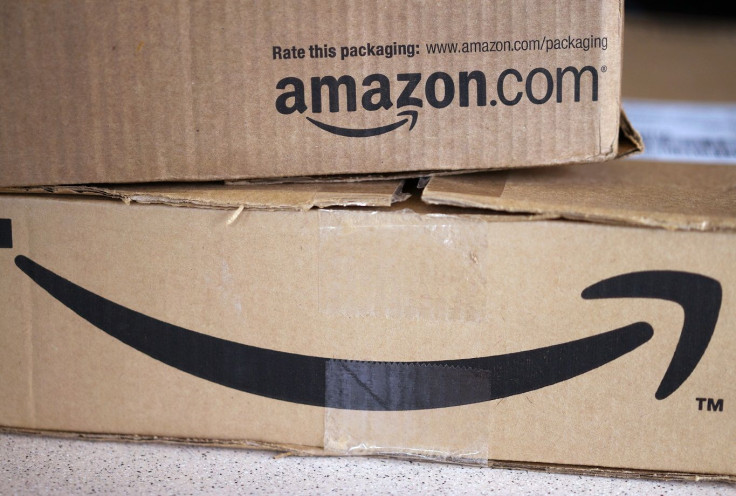Amazon Prime Now packages testing instant Uber-like delivery service

For its brand new launch of one-hour Prime Now packages, U.S. e-commerce site Amazon is considering to test an Uber-like ride-sharing service to ensure prompt delivery of packages by staff via their own cars.
To make sure Amazon products are delivered on time, the company will fix drivers at US$18 (AU$25.5) to US$25 (AU$35.4) per hour pay through its new system of Amazon Flex. This is the right time for Amazon to test the services as peak shopping months of November and December are about to hit the year.
According to ABC News, testing Uber-like services is Amazon’s response to the on-demand services like Postmates and Shyp. Uber ride-sharing has also introduced its novel food delivery service UberEats.
Amazon has fixed some criteria for the drivers who will be riding the vehicle for its product delivery. First, they must not be less than 21 years old, and second, they must clear criminal background tests and pass a vehicle records review. The services will soon start in Miami, Atlanta, Manhattan, Indianapolis, Baltimore, Portland, Austin, Dallas and Chicago. However, the delivery facility has already begun in Seattle and consumers can start signing up for it now.
The Prime Now service of Amazon has a range of items that the customers can choose from for instant one-hour delivery, including hard and soft drinks, electronic appliances, paper towels, chilled stuff like ice-creams and many more. One-hour delivery is charged US$7.99 (AU$11.4), while a two-hour delivery is free of charge.
Amazon said in a statement that it is currently only allowing car drivers to deliver products, but very soon it will also let people bike or even walk to delivery destinations.
In July, Amazon announced its plan of delivering its packages by air. It said that the flight will have smaller space with unmanned delivery system, which would fly with lesser speed when it is below 200 feet and speed up as soon as it reaches between 200 to 400 feet.
Contact the writer at feedback@ibtimes.com.au, or let us know what you think below.





















